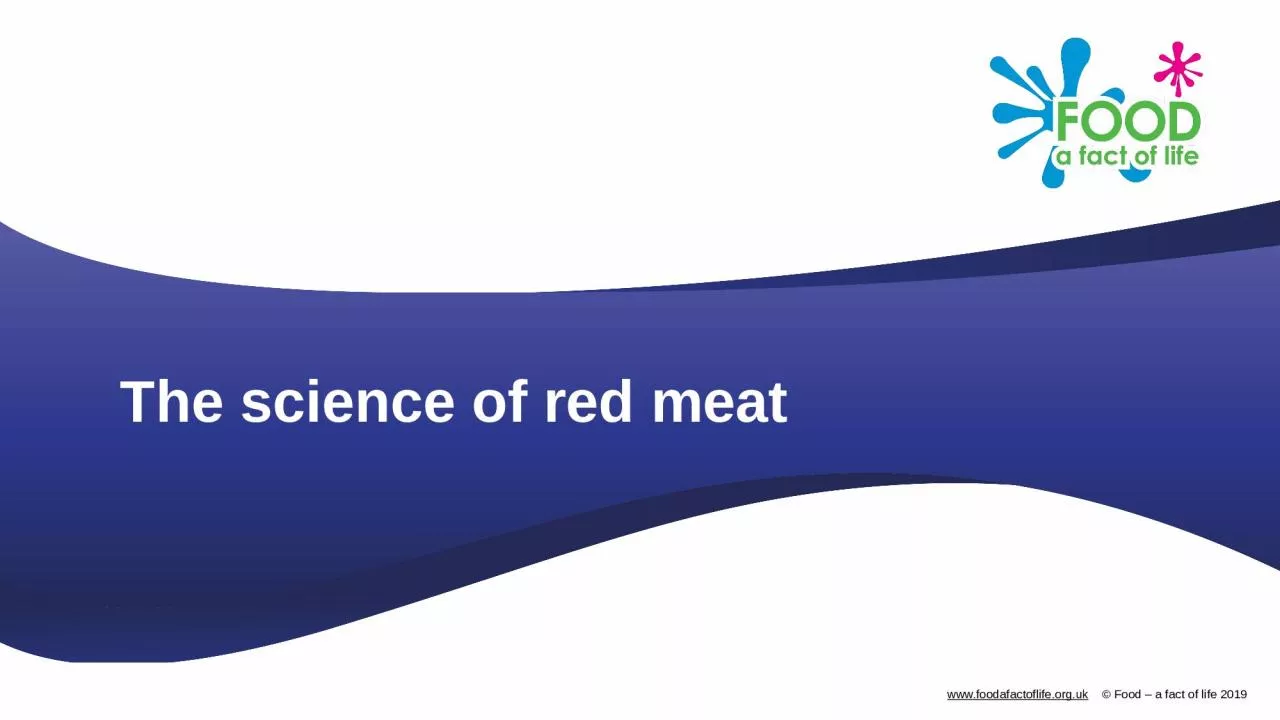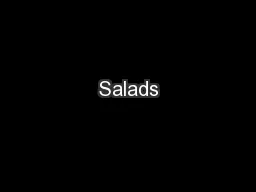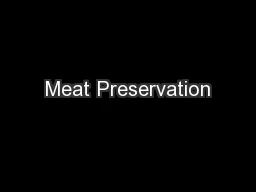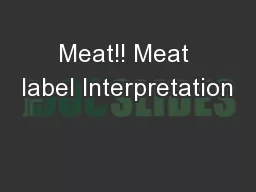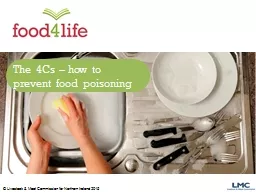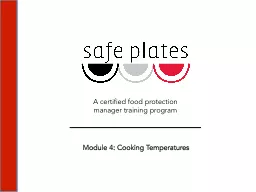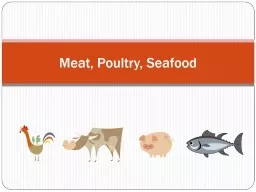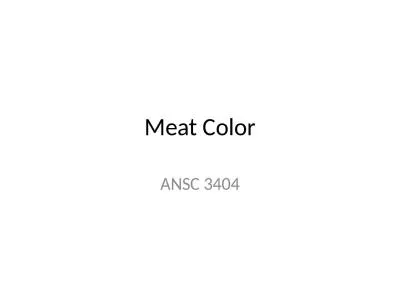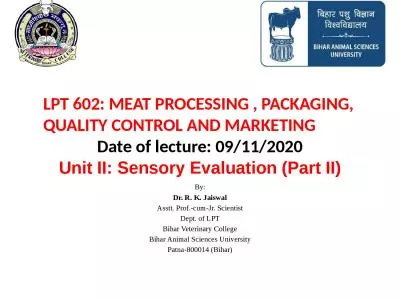PPT-The science of red meat What happens when meat is cooked?
Author : harper | Published Date : 2024-02-03
Protein The proteins in meat coagulate on heating At around 60C the protein begins to denature and the muscle fibres become firmer After 60C the fibres shrink and
Presentation Embed Code
Download Presentation
Download Presentation The PPT/PDF document "The science of red meat What happens whe..." is the property of its rightful owner. Permission is granted to download and print the materials on this website for personal, non-commercial use only, and to display it on your personal computer provided you do not modify the materials and that you retain all copyright notices contained in the materials. By downloading content from our website, you accept the terms of this agreement.
The science of red meat What happens when meat is cooked?: Transcript
Download Rules Of Document
"The science of red meat What happens when meat is cooked?"The content belongs to its owner. You may download and print it for personal use, without modification, and keep all copyright notices. By downloading, you agree to these terms.
Related Documents

